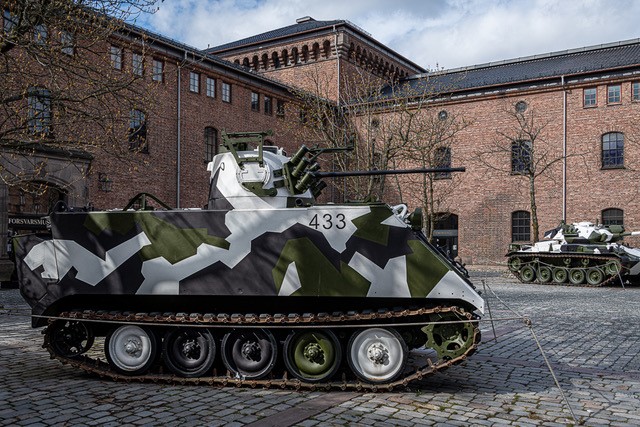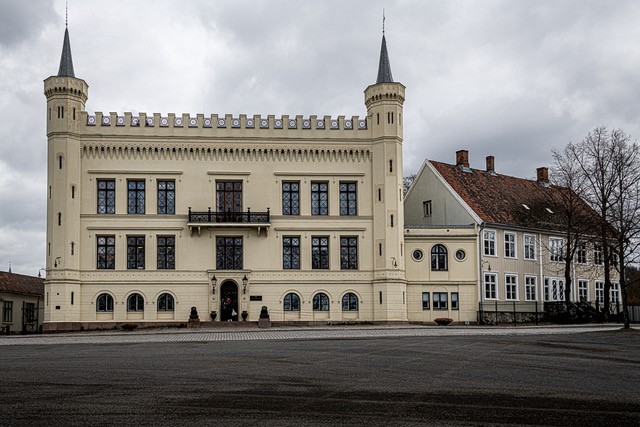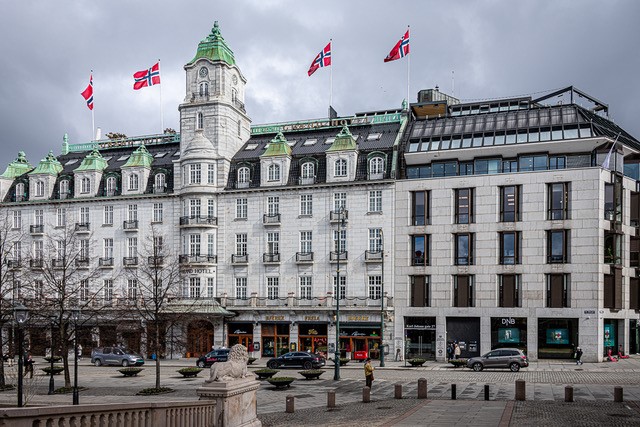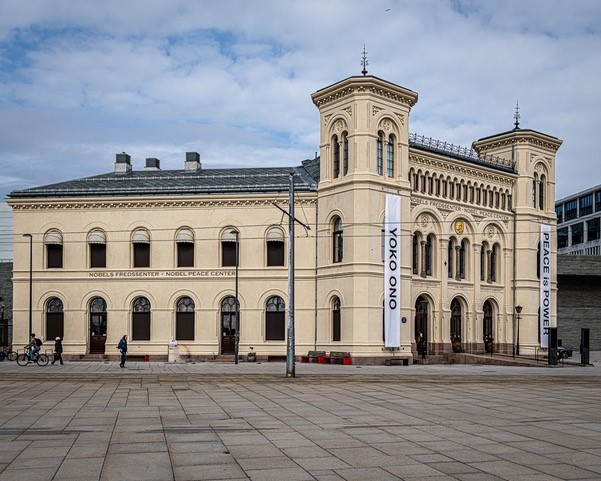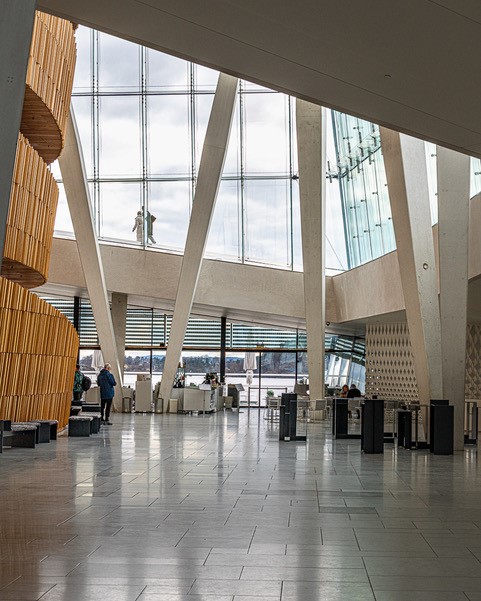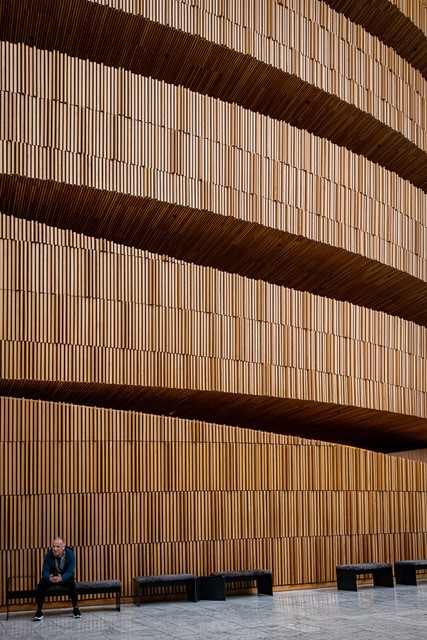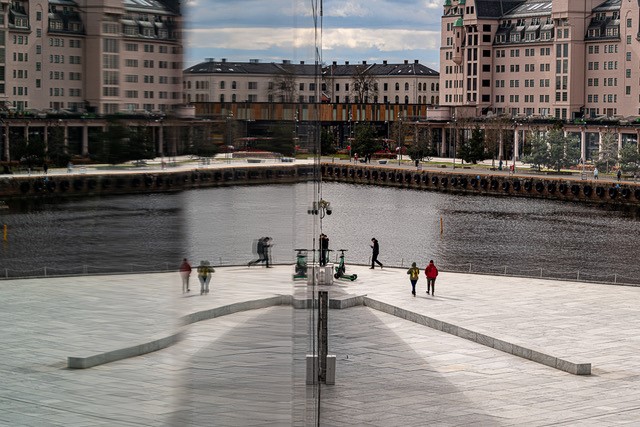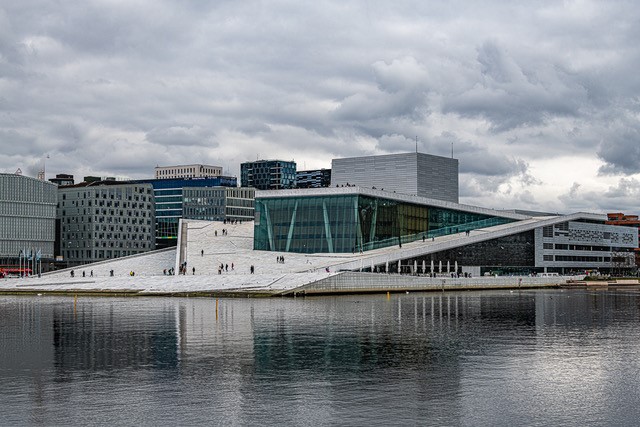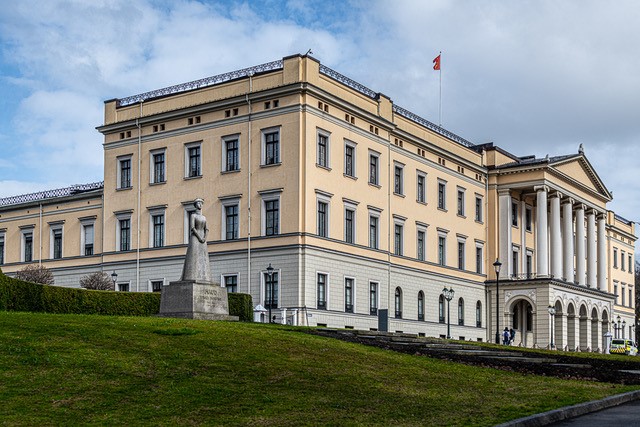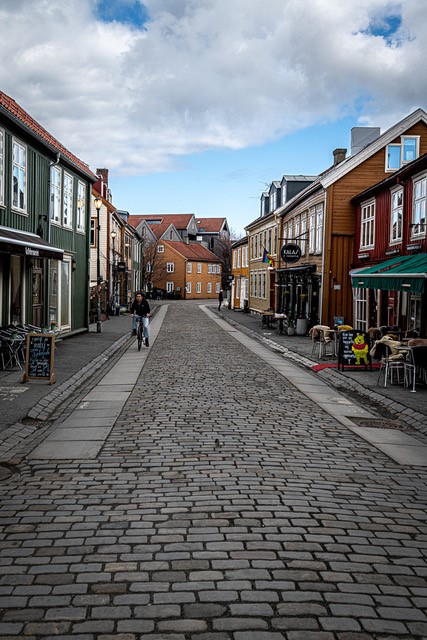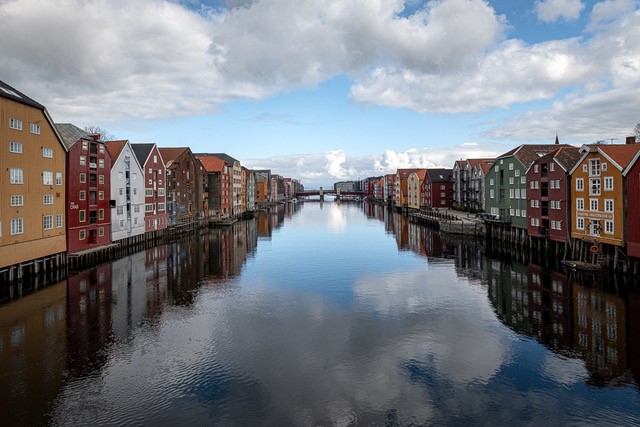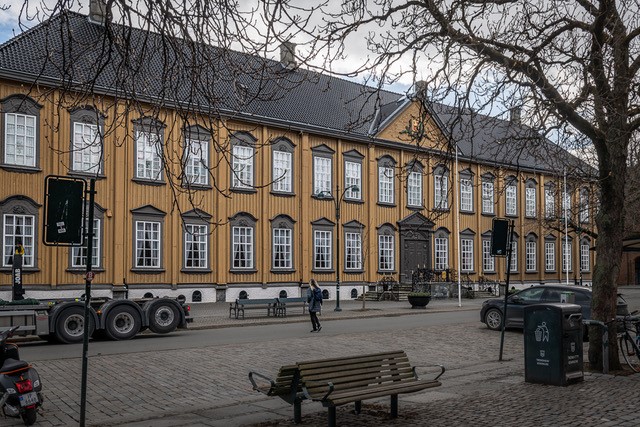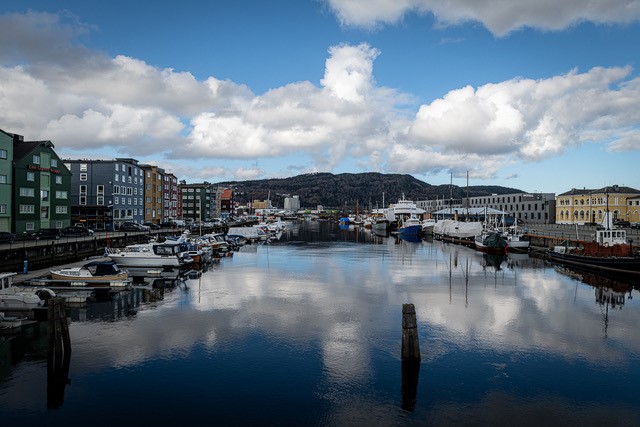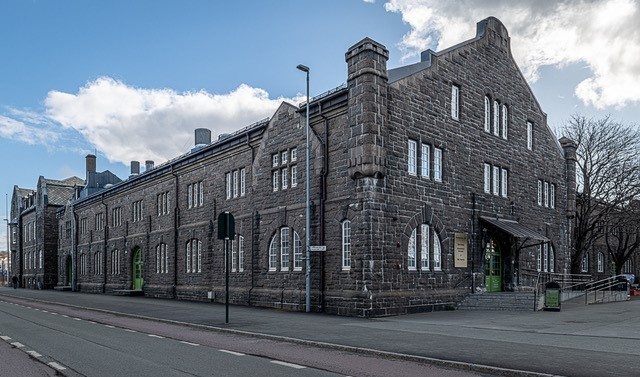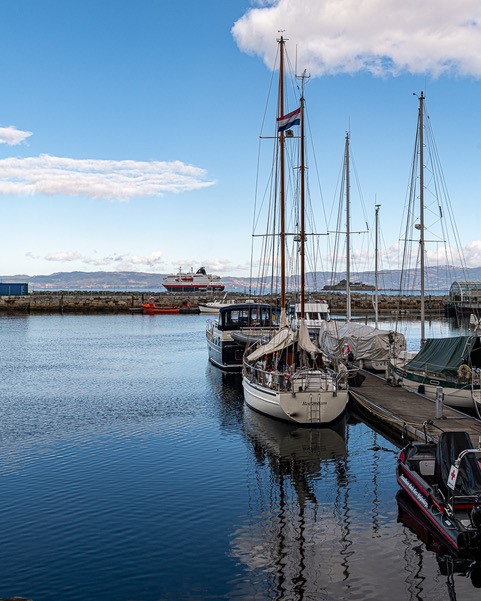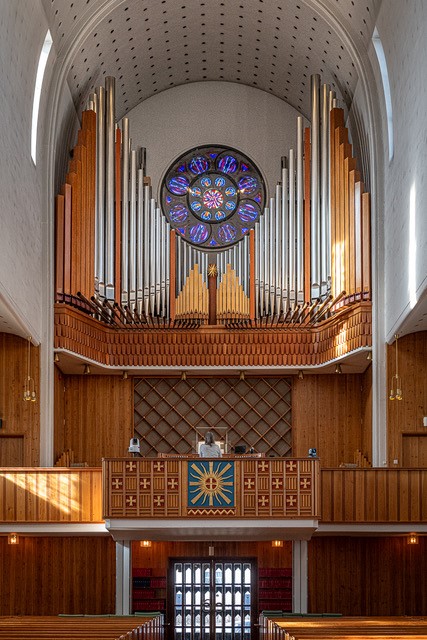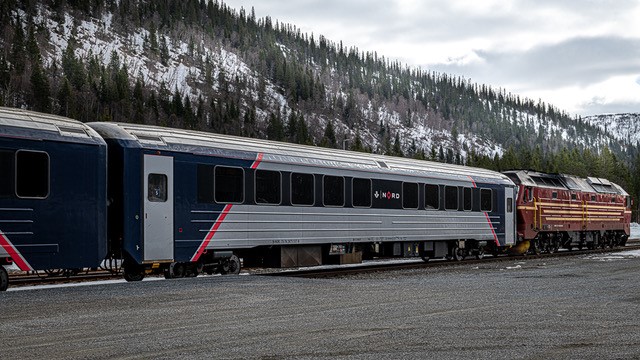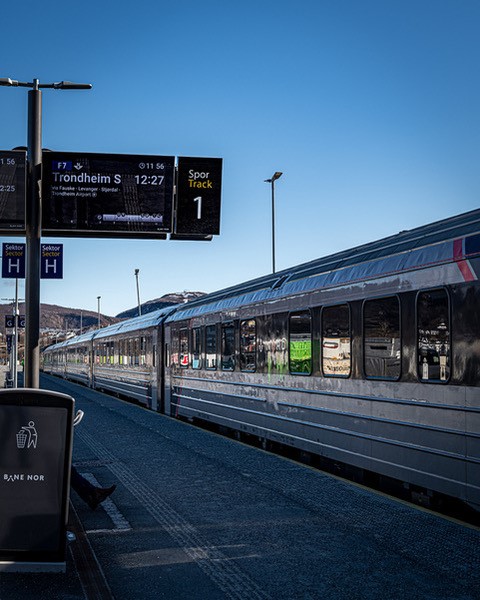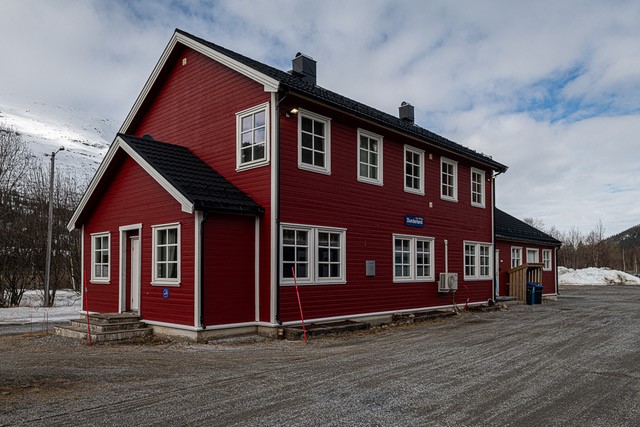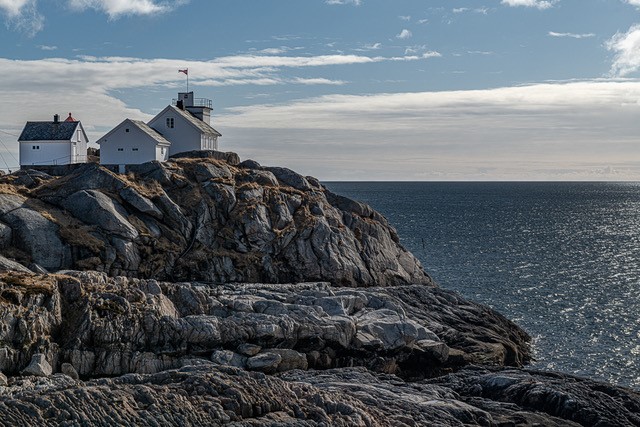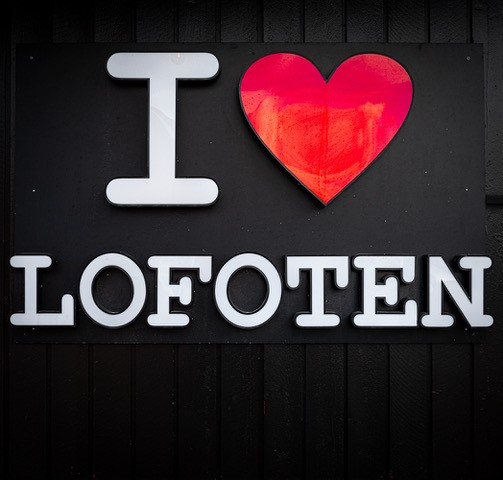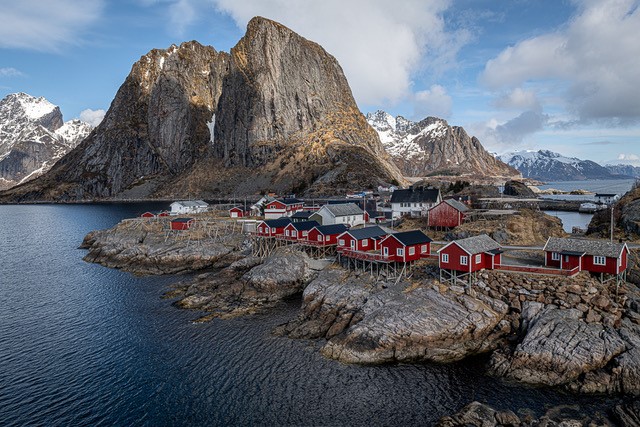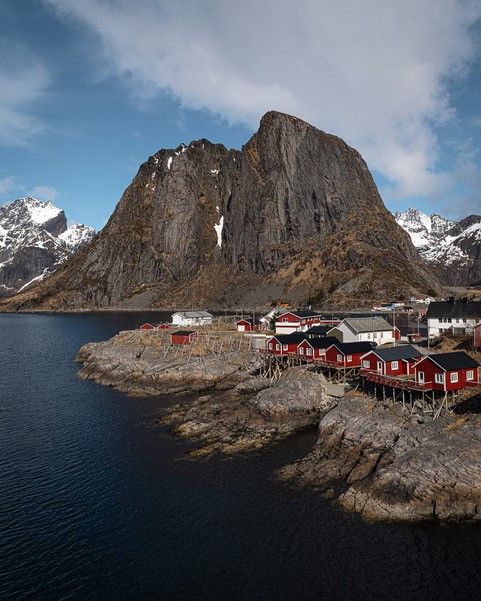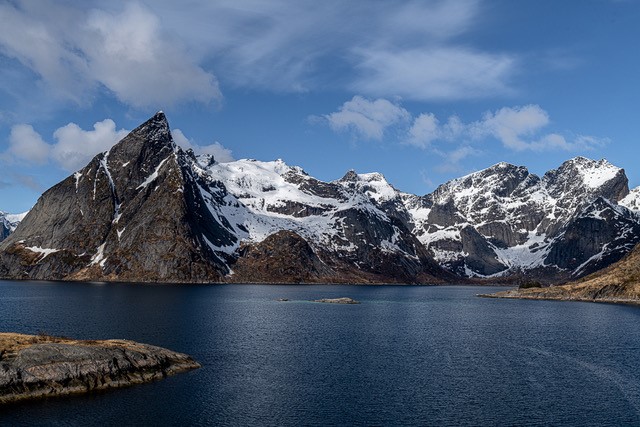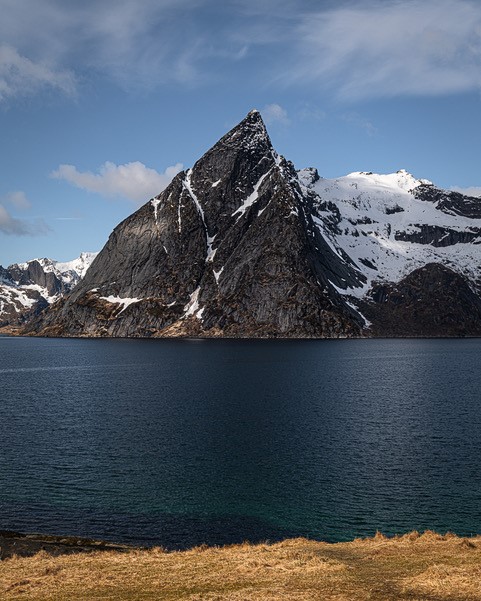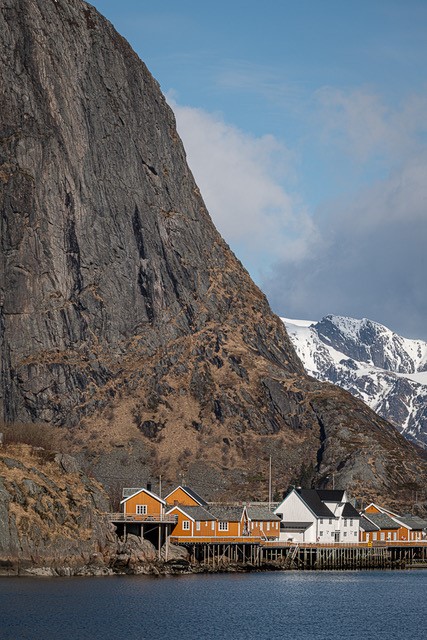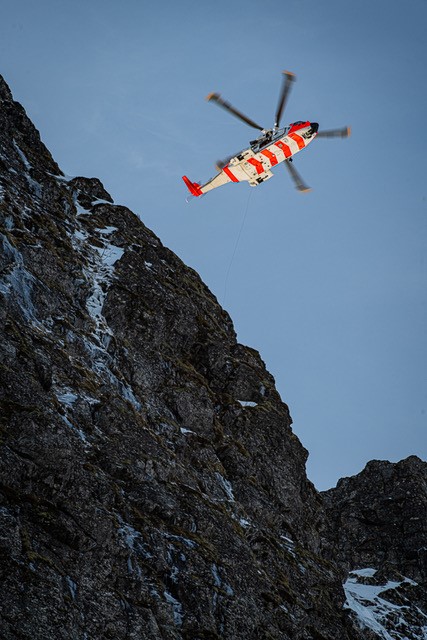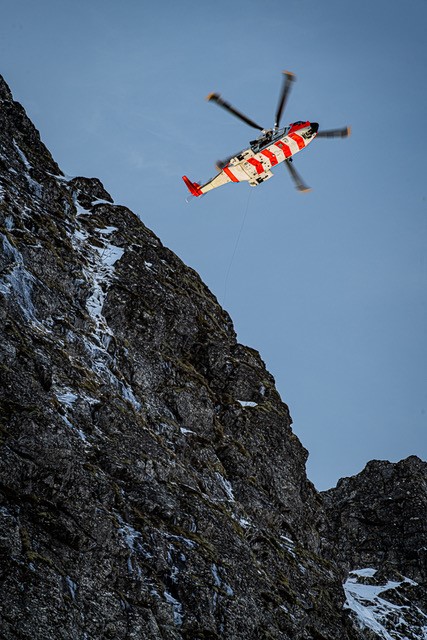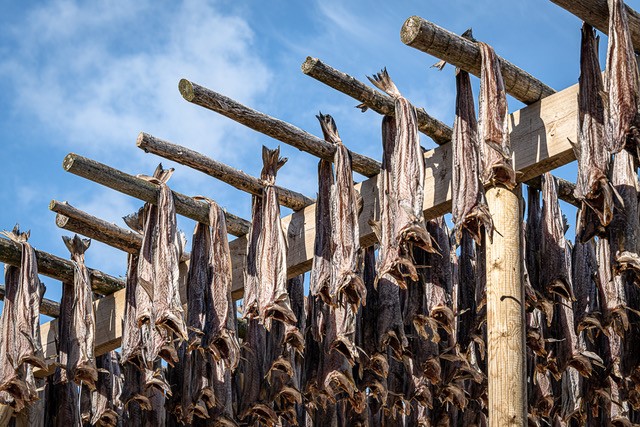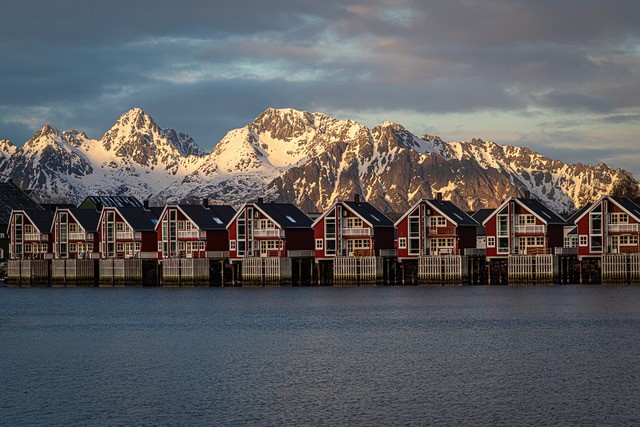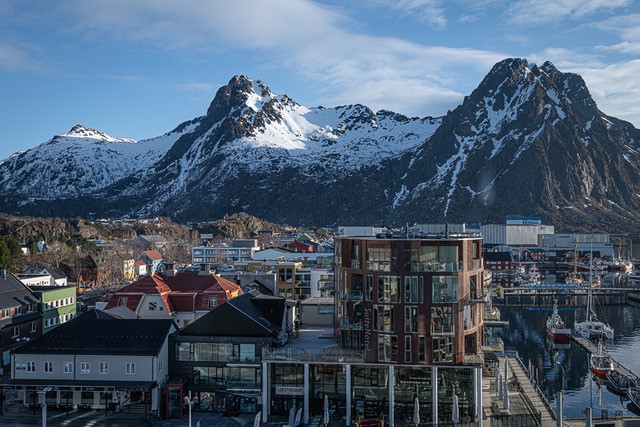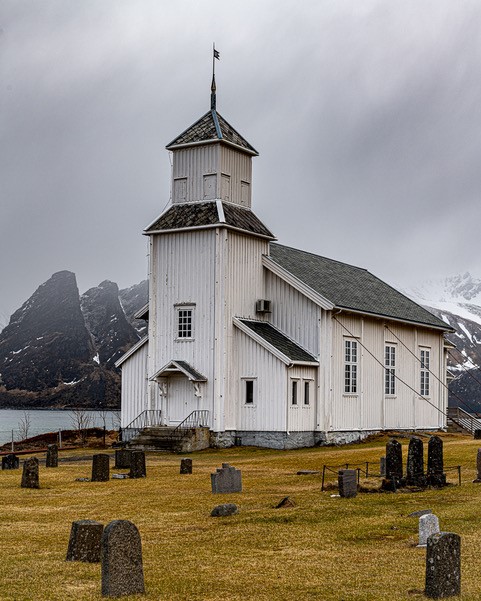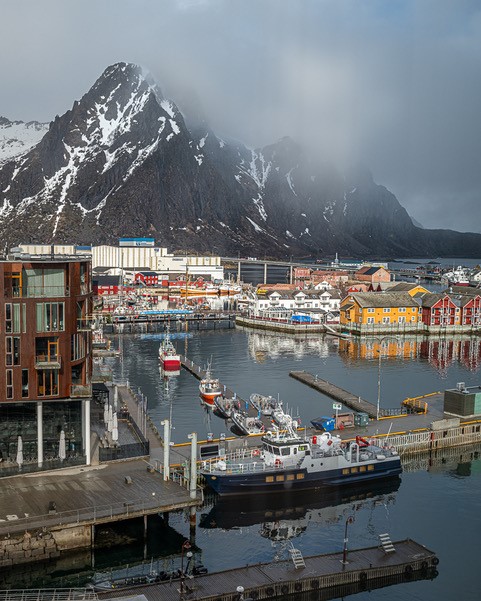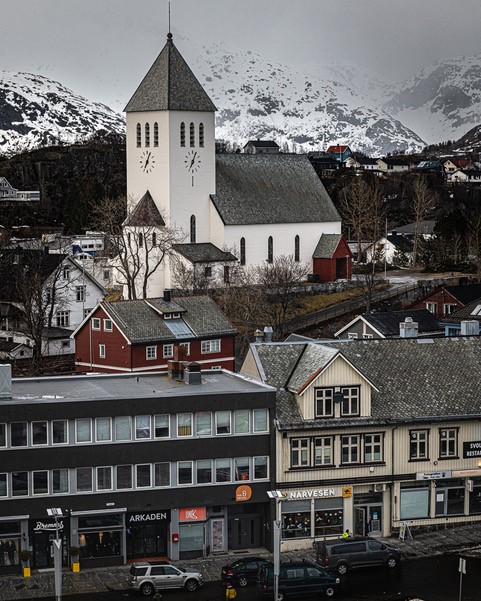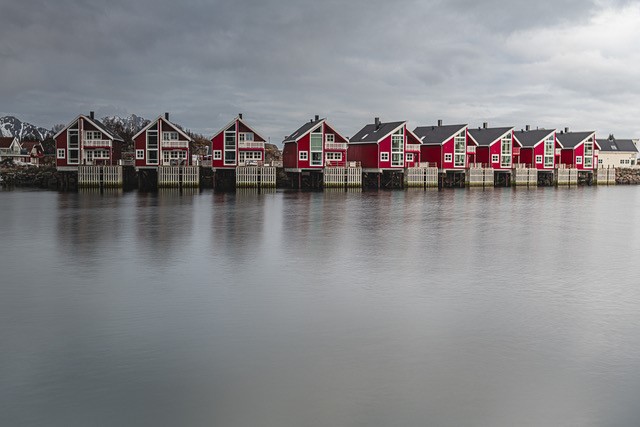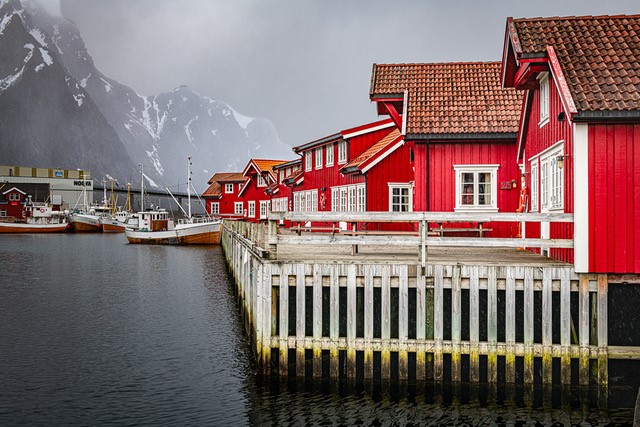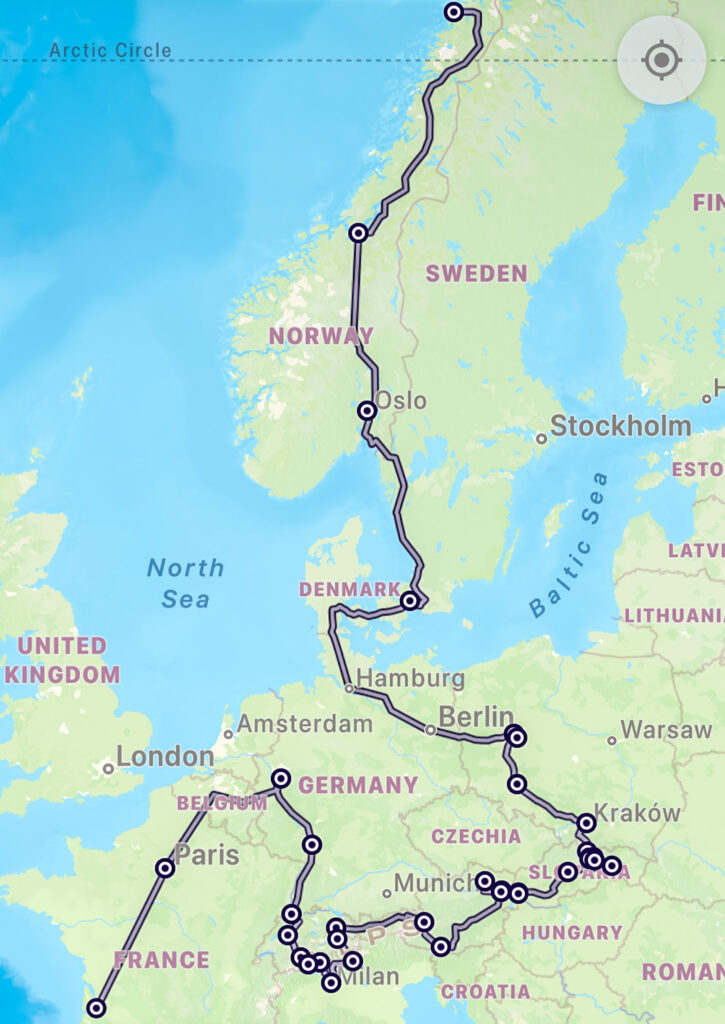Oslo
A short day walking around in Oslo does not do this magnificent city justice. We downloaded another mobile phone walking tour and followed an excellent two hour narrated stroll. It started from the ‘Oslo Fjord’, with the Nobel Peace Centre, took us past the Royal Palace, down Karl Johans Gate, Oslo’s main street, the Oslo Opera House, and ending at Akershus Fortress, with its fantastic armed forces and resistance museums.
Oslo is the capital of Norway, with about one million people. It has a long history, beginning with the Vikings around 1,000 AD. Norway lived through invasions and agreements with neighbouring Denmark and Sweden. Although Norway declared itself neutral, Germany invaded Norway in 1940. Norway was too important as a source of iron ore, and geographically for stopping the flow of war material from the Allies to the Soviet Union through the Bering Sea. Thousands of Norwegian sailors lost their lives in the convoys sailing to Murmansk.
Architecture and culture feature prominently in Oslo. The opera house is spectacular, and the new Munch Gallery, honouring the Norwegian artist Edvard Munch, is outstanding. Rob and I enjoyed an aquavit, a Norwegian liquor, on the top floor of the Munch. Rob bought. The drinks were about $40 each. Thank you Rob.
Further to that – Norway is EXPENSIVE. However, Norway has an enviable sense of happiness and contentment. I’ll be back. Tomorrow morning we catch an 8:00 train through Sweden back to Copenhagen.
And more fantastic pictures from Rob Mee.
